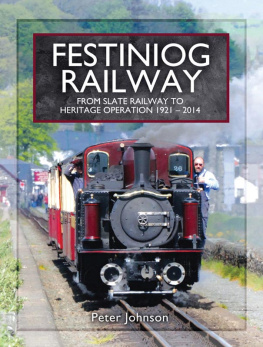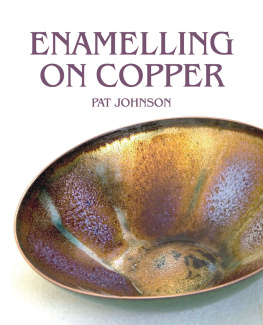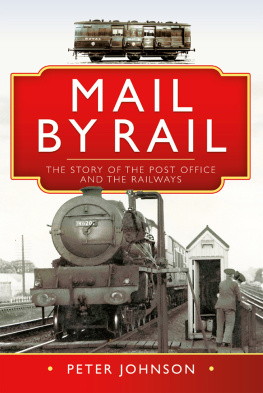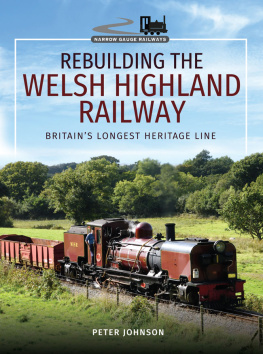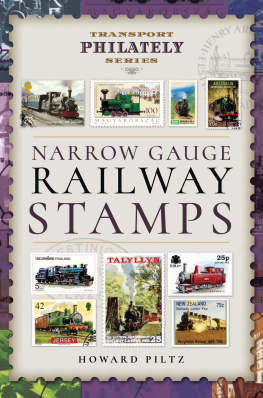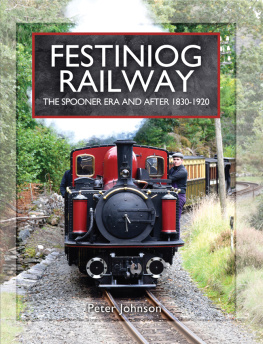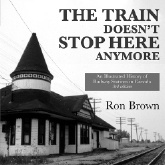
FESTINIOG RAILWAY
FROM SLATE RAILWAY TO HERITAGE OPERATION 1921 - 2014
FESTINIOG RAILWAY
FROM SLATE RAILWAY TO HERITAGE OPERATION 1921 - 2014
Peter Johnson
First published in Great Britain in 2017 by
Pen & Sword Transport
An imprint of Pen & Sword Books Ltd
47 Church Street, Barnsley, South Yorkshire S70 2AS
Copyright Peter Johnson 2017
The right of Peter Johnson to be identified as the author of this work has been asserted by him in accordance with the Copyright, Designs and Patents Act 1988. All rights reserved. No part of this publication may be reproduced or transmitted in any form or by any means, electronic or mechanical, including photocopy, recording or any information storage and retrieval system, without the prior written permission of the publisher, nor by way of trade or otherwise shall it be lent, re-sold, hired out or otherwise circulated without the publishers prior consent in any form of binding or cover other than that in which it is published and without a similar condition including this condition being imposed on the subsequent purchaser.
ISBN 978 1 47389 625 3
eISBN 9781 47389 627 7
Mobi ISBN 978 1 47389 626 0
Pen & Sword Books Ltd incorporates the imprints of Pen & Sword Archaeology, Atlas, Aviation, Battleground, Discovery, Family History, History, Maritime, Military, Naval, Politics, Railways, Select, Social History, Transport, True Crime, and Claymore Press, Frontline Books, Leo Cooper, Praetorian Press, Remember When, Seaforth Publishing and Wharncliffe.
For a complete list of Pen & Sword titles please contact:
Pen & Sword Books Limited
47 Church Street, Barnsley, South Yorkshire S70 2AS, England
E-mail:
Website: www.pen-and-sword.co.uk
Front cover:
As 1879-built bogie engine Merddin Emrys powers away from Porthmadog on 13 May 2012, fireman Peter Harrison (left) and driver Nigel Muskett keep a wary eye on the photographer.
Rear cover:
Seen from above Boston Lodge c1960, Taliesin approaches Pen Cob, where the beach in the foreground was once a popular bathing area.
With bunkers loaded ready for the next days work, David Lloyd George , the fourth of the bogie engines built at Boston Lodge, basks in the afternoon sun on the inspection pit, 9 September 2016. Both Snowdon and Cnicht are prominent on the skyline.
Endpapers:
FRONT: Plan of the Ffestiniog Railway as it was up to 1946. Gordon Rushton
REAR: Plan of the Ffestiniog Railway as it is at the time of publication. Gordon Rushton
Title page:
Shareholders traveling to Tan y Bwlch for the company AGM on 8 October 2010 did so by means of a train of vintage stock hauled by Merddin Emrys . Behind the rear of the train is the signal box built in the 1960s and never used for its intended purpose. The locomotive of the gravity train is hidden from view by the old station building.
PLACE NAMES
Since the 1970s English versions of Welsh place names have been taken out of use, but they still exist, of course, in historic documents. Most notably, the railway company was named Festiniog in its Act of Parliament. Whilst this is retained for legal purposes, it has become practice to use the form Ffestiniog Railway in public documents. Here, the archaic version has been used when relevant. Porthmadog was originally Port Madock or Port Madoc and then Portmadoc. Caernarfon was known as Carnarvon until the 1930s, when it became Caernarvon. Ffestiniog the place has been standardised as such.
ACKNOWLEDGEMENTS AND SOURCES
T he first 90 years of the Ffestiniog Railways history is covered in Festiniog Railway The Spooner Era and Afterwards 1830-1920 , also published by Pen & Sword Transport. This book continues the story up to the end of 2014.
Whilst the last sixty years or so is still within memory for many, attempts have been made to apply the same rigour, of referring to original sources, as in the earlier book. Assistance towards this objective has been provided by the companys directors, who kindly gave access to their minutes recording their thoughts and decisions up to 2014, the directors voices thereby providing a common thread through both books.
Another source of the directors activities is the reports to shareholders, produced from 1844. Copies of most of these are contained in the companys archive, others at the National Archives, Kew. From 1970 until 1986 the reports, which then comprised only the accounts, were published in the Ffestiniog Railway Magazine . Following the 1986 share issue more-detailed reports have been issued to the expanded pool of shareholders.

Many thousands of volunteers have given their time and money to the successful revival and operation of the Ffestiniog Railway. Here, member of the societys London area group work on the embankment in December 1966. Soon, the Hafod y Llan wharf, on the left, will be developed and the slate sheds, with red ends, and the Britannia Foundry, right, will be demolished. The white house on the hillside is Morfa Lodge, where James Spooner lived and worked. The wagons are two of the fifteen four-wheeled Hudson wagons obtained from RAF Lichfield in 1963. Peter Waylett
I am grateful, too, to the trustees of the Ffestiniog & Welsh Highland Railways Trust, who also allowed me access to their minutes, a great privilege.
The companys archive is a remarkable survival, quite unlike any other from any railway company, containing material about the railways operations from its earliest days. Whilst it not complete and unable, therefore, to provide all the answers to questions a researcher might raise, it does contain a vast amount of material covering the railways operations. Access to it, at Gwynedd Councils archives section at Caernarfon, has been greatly facilitated by Patricia Layzell-Wards catalogue, which often permits documents to be referenced without viewing.
In re-telling the railways story, the records of the Board of Trade and the Ministry of Transport, both held held at the National Archives, Kew, have been revisited. The Lands Tribunal files dealing with the companys claim for compensation from the Central Electricity Generating Board were also viewed at Kew. Containing much correspondence between the parties, they enabled the dates of incidents or exchanges, previously recorded anecdotally, to be determined.
Deposited plans and other documents were seen at the Parliamentary Archives in the House of Lords. Copies of some Ministry of Transport inspection reports and the 1968 and 1975 Light Railway Oder plans not deposited in the National Archives were obtained from the Department of Transport in response to Freedom of Information requests.
Accessed online, the Gazette , formerly The London Gazette , remains the default site for Parliamentary and other public notices.
Noel Walleys chronology of material published in the Ffestiniog Railway Magazine between 1958 and 1999 published in 2000 was a most useful aid for dealing with the revival era. Other material was obtained from the Ffestiniog Railway Magazine , the British Newspaoer Archive, the Daily Post website, the digital archives of The Times and The Guardian , and my own contributions to Steam Railway magazine. Some use has been made of census and other data available on the Ancestry genealogical website.

